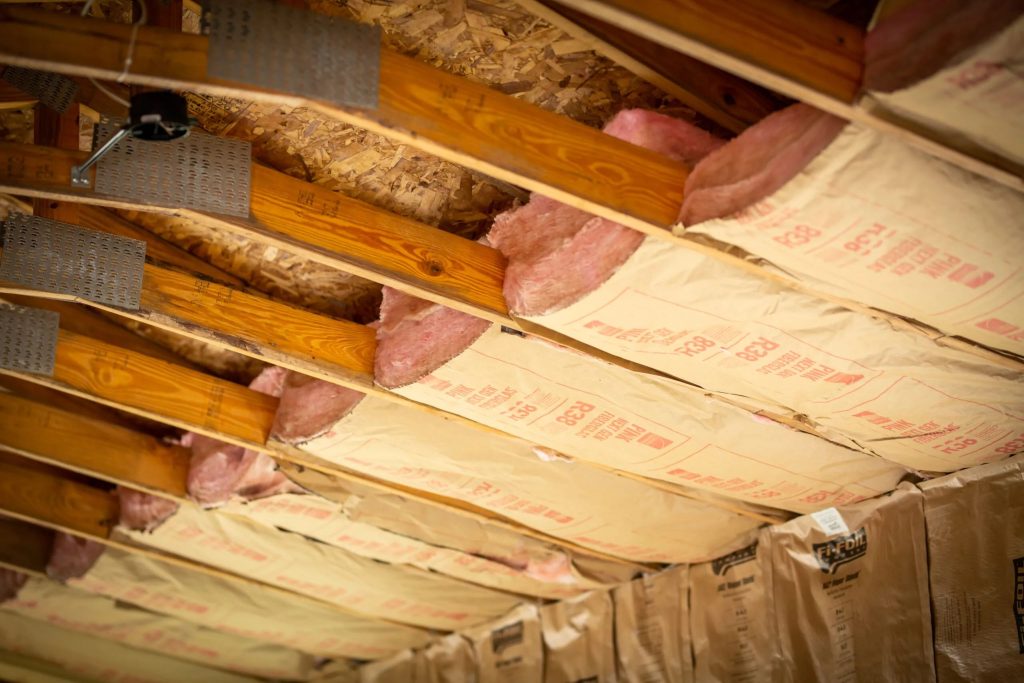Batt vs. Blown-In Insulation: Key Differences
Choosing the right attic insulation can make a noticeable difference in your home’s comfort, energy efficiency, and long-term savings. Homeowners often struggle to decide which method suits them best pre-cut rolls or loose-fill materials. Each option offers unique advantages depending on the attic’s layout, local weather, and the level of effort and budget you’re ready to commit to installation and maintenance.
What Sets Them Apart
Batt insulation comes in pre-cut fiberglass or mineral wool sheets, designed to fit between joists and studs. It’s an excellent choice for attics with open layouts and consistent spacing. Because it’s easy to handle and install, many DIY homeowners prefer it when adding batt insulation to attic spaces that are easily accessible.
By contrast, blown-in attic insulation uses loose fibers that are blown into the attic using specialized equipment. This method allows the insulation to reach tight corners and fill gaps that batts can’t easily cover. The result is a more uniform layer of insulation perfect for older homes or attics with irregular framing and hard-to-reach areas.
Installation and Cost Factors

When comparing expenses, a blown-in insulation cost estimate usually depends on the chosen material (cellulose or fiberglass), attic size, and labor charges. Although it may appear more expensive upfront due to specialized tools and professional setup, its seamless coverage can significantly enhance thermal efficiency leading to noticeable savings on energy bills.
Pre-cut insulation sheets, meanwhile, are generally more budget-friendly at the start, especially for homeowners confident with DIY projects. However, this method requires careful placement and alignment. Even small gaps or compression can compromise overall performance, causing uneven temperature control and reduced energy efficiency.
Energy Efficiency and Performance
Both batt and blown-in insulation can achieve similar R-values, meaning they provide comparable resistance to heat transfer when properly installed. Yet, the real difference lies in application quality. Poorly placed batts leave air pockets that compromise energy efficiency, while blown-in materials create a denser, continuous barrier that seals leaks more effectively.
Still, batts offer an advantage in maintenance. They can be easily removed or replaced if your attic requires future upgrades or wiring adjustments. Blown-in materials, while effective, are less convenient to move once installed.
Choosing Based on Structure and Climate
The choice between batt and blown-in insulation depends largely on your home’s structure and regional conditions. Homes in cold or windy areas often benefit from the tighter seal of blown-in options, while those in moderate climates may find batt insulation more practical and budget-friendly.
Humidity also plays a role. Proper ventilation and vapor barriers are essential to prevent moisture buildup, especially in coastal or humid regions where insulation materials can absorb dampness.
Conducting an attic insulation comparison before installation helps homeowners evaluate which type aligns with their energy goals, attic space, and seasonal comfort requirements.
The Right Fit for Long-Term Efficiency
Both batt and blown-in insulation are reliable ways to enhance your home’s comfort and lower energy costs. The decision doesn’t come down to which is “better,” but rather which suits your attic layout, usage, and local weather patterns.
Whether you value the simplicity of batts or the complete coverage of loose-fill fibers, the most important factor is professional-quality installation. A well-insulated attic not only cuts utility bills but also maintains consistent indoor temperatures making your home more energy-efficient, sustainable, and comfortable year-round.
Platform
Florida PR Services / Article4 USD
Chat with Client

